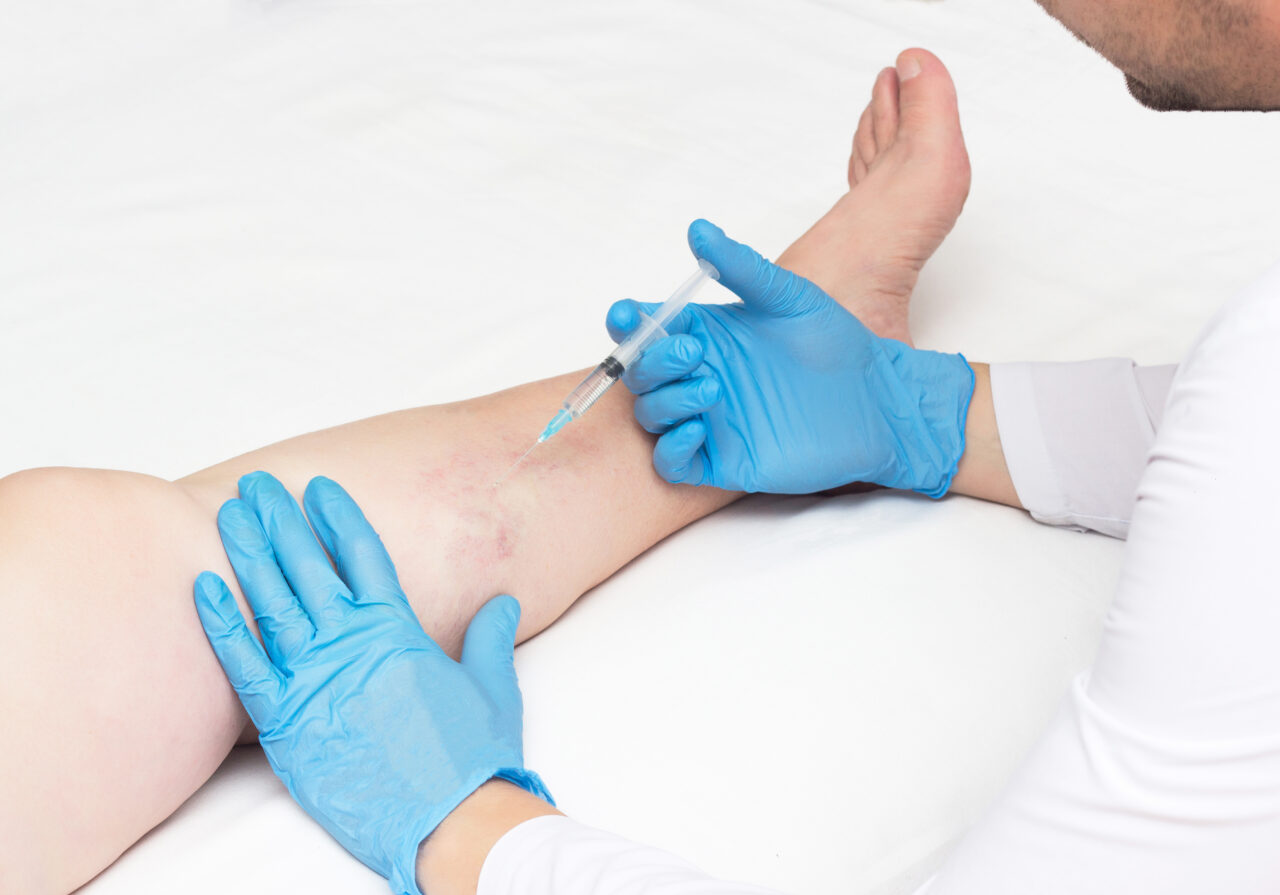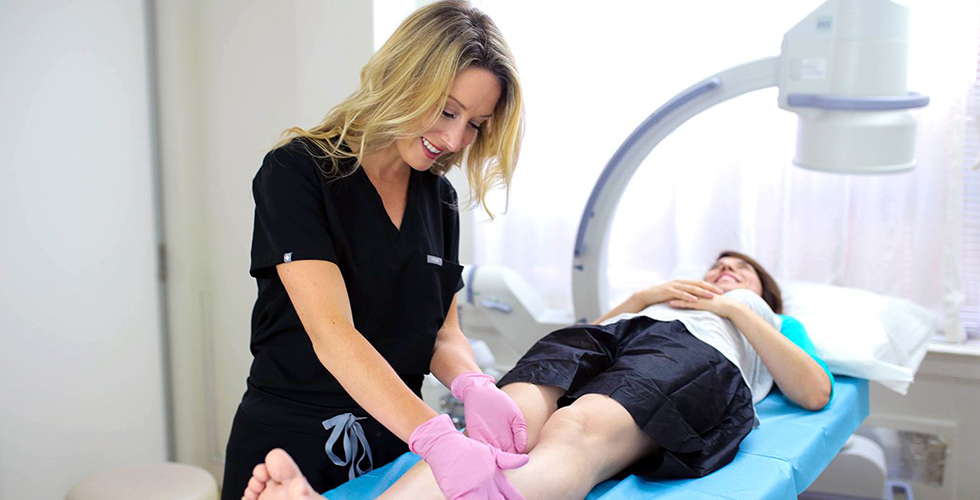Vein Treatment Specialist: Does Spider Vein Removal Really Work?
Spider veins—those small, red, blue, or purple veins that appear just beneath the skin—are not only unsightly but can also affect self-confidence and comfort. For many, especially women, spider veins become a cosmetic concern that leads to the question: Does spider vein removal really work? To answer this, it’s essential to understand the treatments available and the role a vein treatment specialist plays in delivering effective results.
What Are Spider Veins and Why Do They Occur?
Spider veins are dilated superficial blood vessels that often appear on the legs, face, and other parts of the body. Unlike varicose veins, spider veins are typically painless but can be a symptom of underlying venous insufficiency.
Several factors can contribute to the development of spider veins:
· Genetics
· Hormonal changes
· Pregnancy
· Prolonged standing or sitting
· Obesity
· Sun exposure
Although they don’t always indicate serious health issues, many people seek professional treatment to eliminate them for cosmetic reasons or due to discomfort like aching or heaviness in the legs.

How Does a Vein Treatment Specialist Help?
A vein treatment specialist is a medical professional—often a vascular surgeon or a dermatologist—who is trained to diagnose and treat vein disorders. These specialists use advanced tools and techniques to determine the root cause of your vein issues and recommend personalized treatment plans.
When you consult a vein treatment specialist, they begin with a comprehensive evaluation. This may include:
· Physical examination
· Ultrasound imaging
· Detailed medical history
Based on this information, the specialist can determine if your spider veins are purely cosmetic or indicative of a deeper venous condition.
Proven Treatments for Spider Vein Removal
The good news is that spider vein removal does work, especially when done under the care of a qualified vein treatment specialist. Here are the most common and effective methods used today:
1. Sclerotherapy
Sclerotherapy is the most popular treatment for spider veins. In this procedure, a specialist injects a salt solution directly into the affected veins. The solution irritates the vein lining, causing it to collapse and fade away over time.
Effectiveness: Most patients see noticeable results after just one to three sessions. It’s a quick, minimally invasive procedure with no downtime.
2. Laser Therapy
Laser treatments use focused light energy to heat and damage the walls of spider veins, causing them to shrink and disappear. This is often used for smaller veins or those located on the face.
Effectiveness: Laser therapy works well on tiny spider veins and may require multiple sessions. It’s a good alternative for patients who dislike needles.
3. Endovenous Laser Treatment (EVLT)
Although EVLT is more commonly used for larger varicose veins, some specialists use it for severe spider veins. It involves inserting a tiny laser fiber into the vein and sealing it from the inside.
Effectiveness: Highly effective, especially when spider veins stem from underlying vein disease.
Do Spider Veins Come Back After Treatment?
In many cases, the treated veins do not return. However, new spider veins can form over time due to the same risk factors. That’s why it’s essential to follow your vein treatment specialist’s recommendations on prevention, which may include:
· Wearing compression stockings
· Maintaining a healthy weight
· Regular physical activity
· Elevating the legs
· Avoiding long periods of standing or sitting
By managing lifestyle factors, you can reduce your chances of developing new spider veins and maintain the benefits of treatment.

What to Expect After Spider Vein Removal
After spider vein treatment, patients often experience some minor side effects like redness, swelling, or bruising at the injection or laser site. These usually resolve within a few days.
A qualified vein treatment specialist will guide you through the recovery process and follow up to monitor results. In most cases, you can return to your daily activities immediately, making these treatments convenient and efficient.
Is It Worth Seeing a Vein Treatment Specialist?
Absolutely. While over-the-counter creams and home remedies claim to reduce spider veins, they rarely deliver lasting results. A vein treatment specialist offers a precise diagnosis, uses proven techniques, and ensures that your treatment addresses both cosmetic and underlying health issues.
More importantly, if your spider veins are a symptom of chronic venous insufficiency or other vascular issues, early intervention can prevent complications down the line.
Final Thoughts
So, does spider vein removal really work? Yes—especially when handled by a qualified vein treatment specialist. Modern treatments like sclerotherapy and laser therapy are highly effective, safe, and quick. With the right approach and follow-up care, you can achieve smooth, clear skin and regain confidence in your appearance.
If spider veins are bothering you, don’t hesitate to book a consultation with a vein treatment specialist. The right expert can help you choose the best treatment and maintain long-lasting results.
Comments
Post a Comment